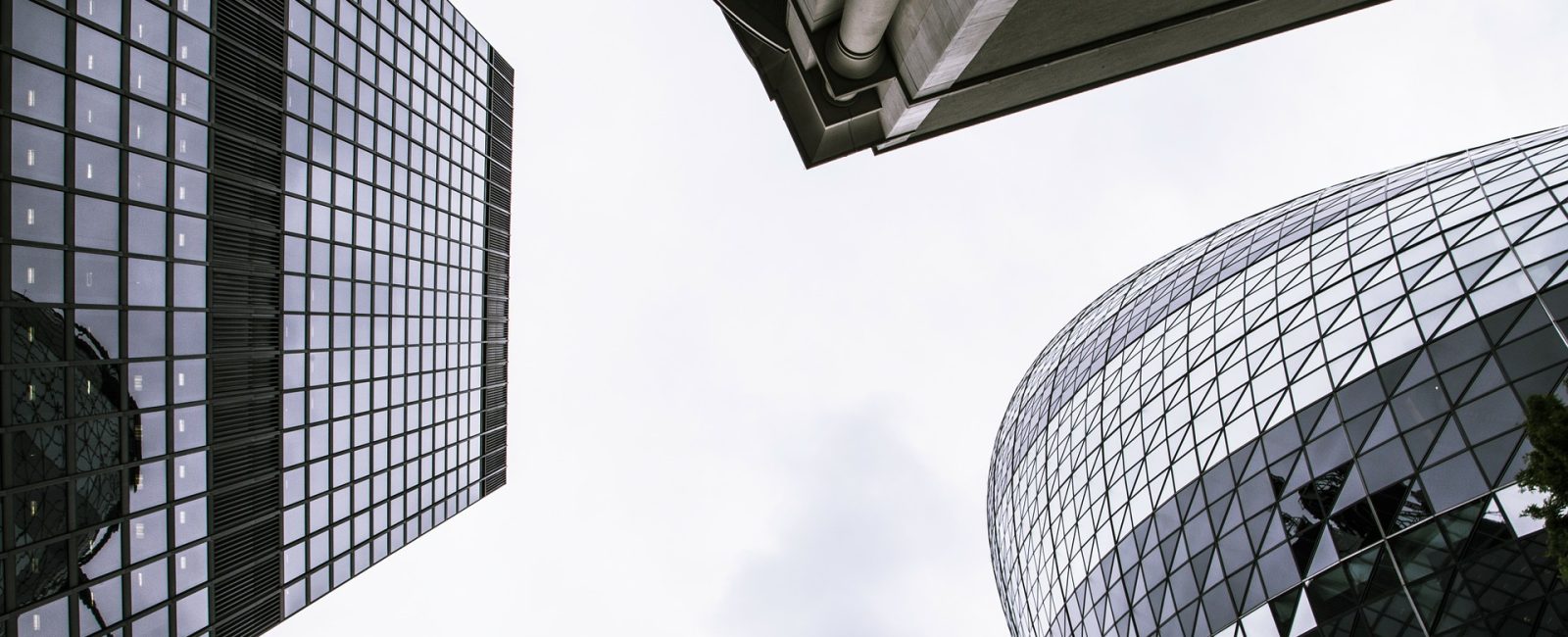
Sarem Eddie Kerman is Investment Director at London-based Pelican Partners, a private equity and real estate investment firm.
Covid-19 disrupted many sectors within the UK, and none more so that the UK commercial property sector.
But now that the dust is starting to settle on a world forced to live with the pandemic, what is the true impact on the future of the UK property market?
The UK commercial property sector has been disrupted by the pandemic
While the property market is obviously impacted by external events, in many ways it’s not a very swift changing industry. This means it has been very exposed to the impact of the pandemic, in ways that other sectors haven’t.
Commercial property changes since March 2020 are directly linked with the enormous and sudden changes society underwent due to lockdowns. The unprecedented situation of almost the entire workforce stopping for a few weeks during the first lockdown has had enormous ramifications for property investment.
For example, many commercial property tenants either couldn’t pay their rent at all and were forced to use Government support, or their businesses folded entirely.
This has left a significant number of commercial properties empty and struggling to attract new tenants. Those that are specifically looking for more property space are simply few and far between. The option left to many commercial property owners is to repurpose the space. This, however, can be expensive and take a long time.
Given that the mortgages on these properties have to be paid whether a tenant is present or not, it’s been a very difficult time for many commercial property owners and landlords.
Challenging times create investment opportunities
However, times of crisis and flux create opportunities. And sometimes, the more serious the crisis, the more opportunities are created for those willing to take risks and change their investment portfolio.
Obviously, any commercial property investment decision should be carefully considered. Remember that past success for a certain property or sub-sector does not guarantee high returns in the future, particularly in such uncertain times.
The watchword has to be diversification for any commercial property investor. It’s now time to take a good, hard look at the different sectors within commercial property and decide which look the most promising.
Traditional retail and the impact of lockdown
We’ll start with the retail sector as it’s probably the most obviously affected by COVID-19. A high-profile casualty of the lockdowns implemented due to the pandemic, traditional retail has suffered a lot.
For example, the owners of Manchester’s Trafford Centre (Intu) collapsed during summer 2020. Its rival Hammerson also reported significant, and potentially devastating losses during 2020 of £1.7 billion.
The reasons behind this collapse are clear. Retail and leisure tenants of all sizes have struggled to make it through being shut down for months at a time. For example, Hammerson reports that just 76% of its rent was collected in 2020.
However, while we can all see the damage that has already been done, our attention must now shift to the future. It’s still not clear whether consumer shopping behaviour will return to pre-pandemic levels.
Online shopping was already on an upward trajectory before COVID-19, but since March 2020 has boomed. Today, online shopping is responsible for about 25% of all sales. The fewer people who choose to shop in brick-and-mortar stores means the fewer retail units are needed. And oversupply of properties isn’t good news for the industry as it will bring down rents and property values.
Some retailers, such as Marks & Spencer, are doing better than traditional high street stores. They are reporting relatively strong numbers from their outlets on retail parks.
This is likely down to the fact that consumers can easily access click and collect services, which minimises social contact. Another major owner of retail and office spaces, British Land, reports that its footfall in out-of-town retail units is higher than pre-pandemic levels. Currently, just over half of its portfolio consists of retail parks and it is now expanding in this area.
Office space and the logistics and warehousing subsectors
Turning to office space, the picture isn’t as bleak for landlords and property owners as you might think. So far, while offices were empty for months, rents have still generally been covered.
For example, Derwent London is a landlord with offices in London and reports collecting 95% of rent in the first half of 2021. Compare this with retail and leisure that have recovered about 59%, it’s clear that offices are fairing better.
Within logistics, the picture is complex. The traditional retail sector needs warehouses for its stock. Online shopping means that businesses need fulfilment centres and logistics warehouses so that they can deliver anywhere in the UK within short periods of time.
Ever higher demand for fast deliveries means that much bigger and more complex warehouse space is necessary. There is also the addition of warehouses to facilitate the ‘last mile’ of the delivery roadmap.
Inevitably, the demand for all of these assets has skyrocketed since COVID-19 arrived. According to LondonMetric, the value of last mile sites rose by 15.5% between March 2020 and March 2021. The wider property market fell in value by 3.2%, which shows exactly how significant the rise for logistics is.
Investors should look ahead to 2022
From an investors point of view, it’s important to note that retail specialists are only able to trade at a small fraction of their theoretical value. However, specialists in logistics, such as LondonMetric are trading at more than the theoretical value of their worth.
It’s possible that logistics has reached a value that won’t last and will prove to be a short-term high. As figures come in for the newly reopened economy, which includes hospitality and retail, this could take some of the value back from the ecommerce sector, which will impact logistics and warehousing.
Investors in commercial property could be best placed to wait and see how the rest of 2021 unfolds and make their investment decisions with an eye on 2022.












